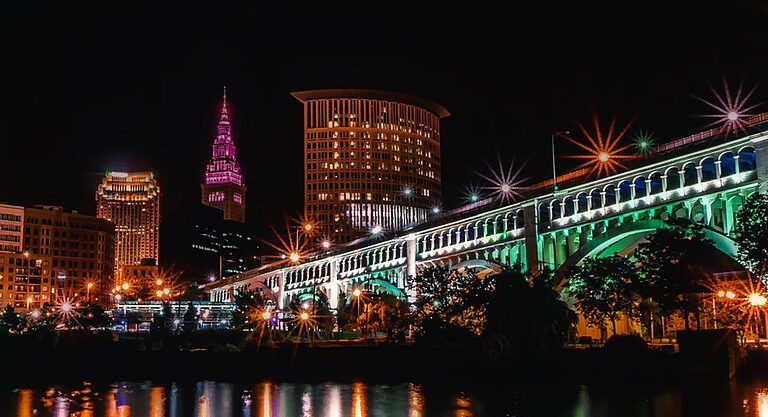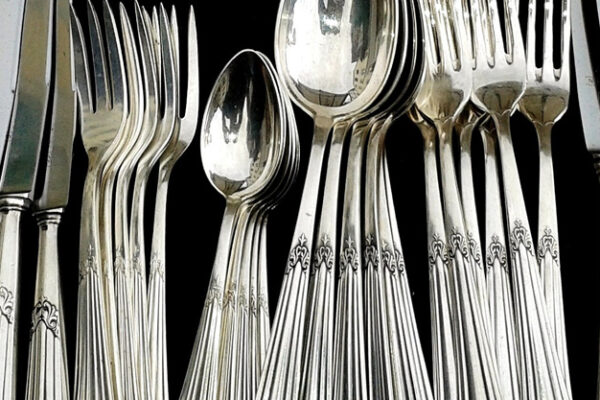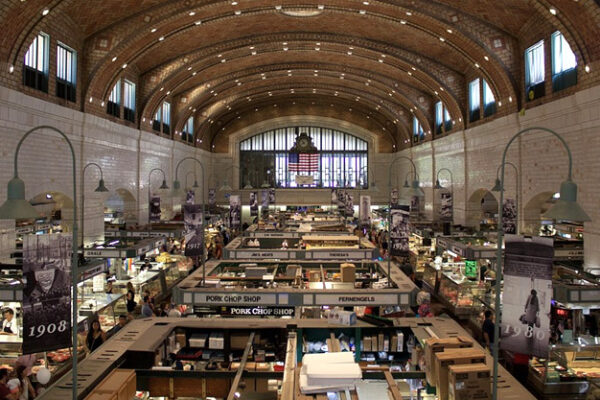Cleveland is a charming city located in the northeastern part of the state of Ohio. It is situated along the southern shore of Lake Erie. With a population of over 385,000 people, it is the second-largest city in Ohio, just behind Columbus. Cleveland’s history dates back to the late 18th century. It has undergone many changes over the years, experiencing both periods of growth and decline.
The initial growth of Cleveland
The history of Cleveland dates back to the late 1700s when the area was inhabited by Native American tribes. In 1796, the Connecticut Land Company purchased the land and established a settlement. They named it Cleaveland, in honor of their leader, General Moses Cleaveland. The town quickly grew, becoming a major transportation hub for goods traveling across the Great Lakes.
During the mid-1800s, Cleveland experienced a period of rapid industrialization. The city’s location near coal mines and iron deposits made it an ideal location for steel production. Numerous factories were established in the area. The growth of the steel industry brought thousands of workers to Cleveland, and the population grew rapidly.
Expansion of the city
As the city continued to expand, it faced a number of challenges. In the late 1800s, Cleveland suffered from a series of disasters, including a major flood in 1884 and a devastating fire in 1890. Despite these setbacks, the city continued to grow and prosper. It became a major center for commerce and industry in the Midwest.
The early 1900s were a time of great change for Cleveland. In 1912, the city became the first in the world to install an electric traffic signal. The following year, the Cleveland Museum of Art opened its doors, becoming one of the most important cultural institutions. In 1924, the city hosted the Republican National Convention, which saw the nomination of Calvin Coolidge for president.
The 20th century
During the Great Depression, Cleveland, like many other American cities, suffered greatly. Unemployment rates soared, and the city’s economy was severely impacted. However, the city rebounded in the post-war era, thanks in part to the growth of the aerospace industry. Cleveland became a major center for aviation, with companies like NASA and Goodyear Aerospace establishing operations in the area.
Throughout the latter half of the 20th century, Cleveland continued to experience ups and downs. The city’s sports teams, including the Cleveland Browns and Cleveland Indians, became a source of pride for locals, while the rise of the Rock and Roll Hall of Fame cemented the city’s status as a cultural hub. However, Cleveland also faced challenges, including high rates of poverty and crime.
The recent times
Cleveland has undergone a period of revitalization in recent times. The city has invested in infrastructure, including the construction of new parks and public spaces. The downtown area has seen a surge in development, with new hotels, restaurants, and entertainment venues opening up. The Cleveland Clinic is one of the top medical facilities in the country. It continues to draw patients from around the world.
Today, Cleveland is a city with a rich history and a bright future. Its industrial past has given way to a more diversified economy, with strong sectors in healthcare, technology, and finance. The city’s sports teams continue to be a source of pride for locals, and its cultural institutions. They include the Rock and Roll Hall of Fame and the Cleveland Museum of Art, draw visitors from around the world.





